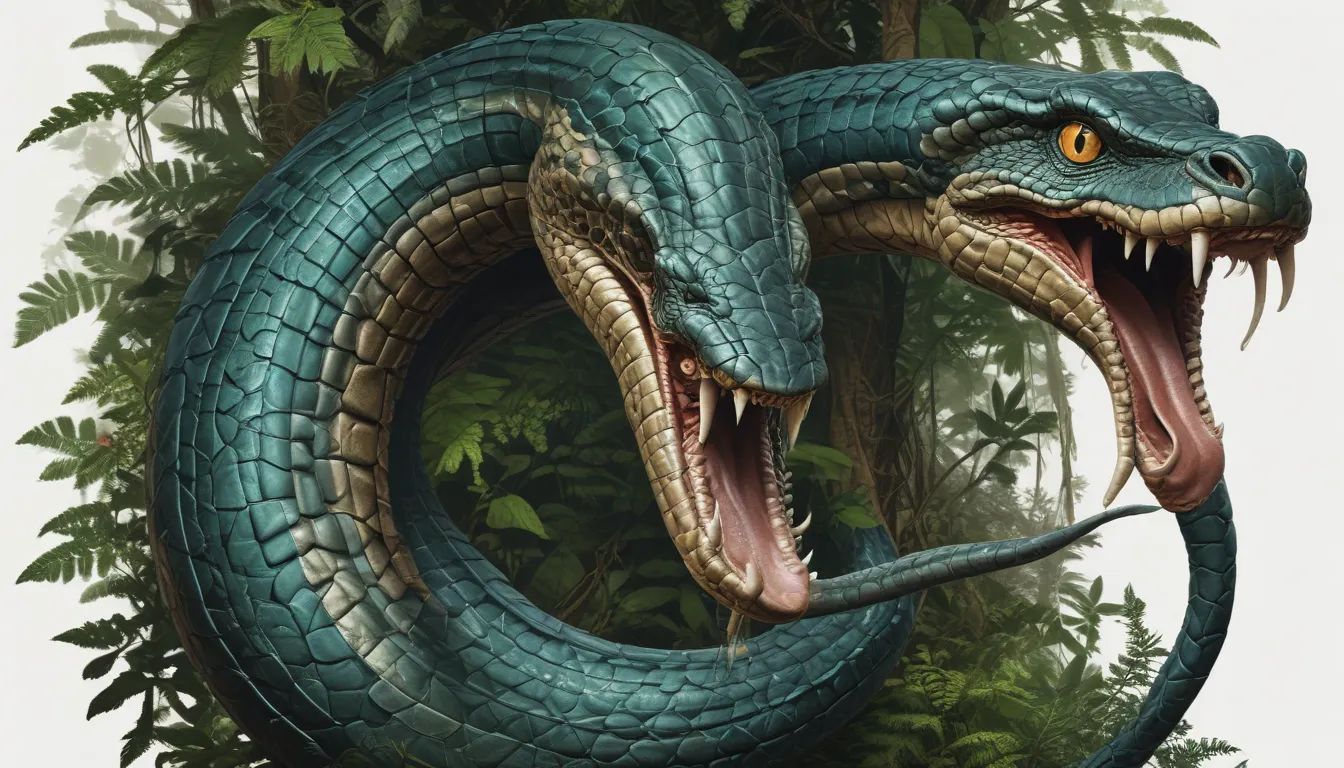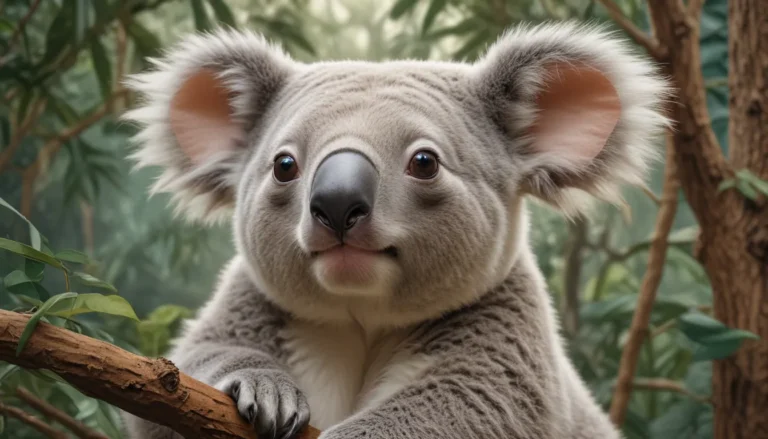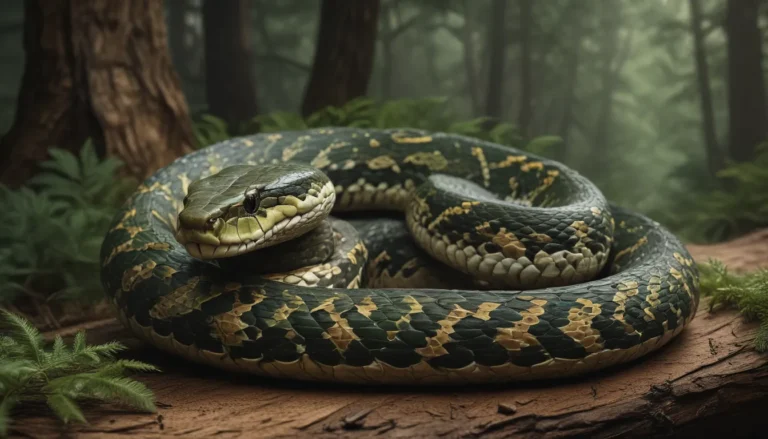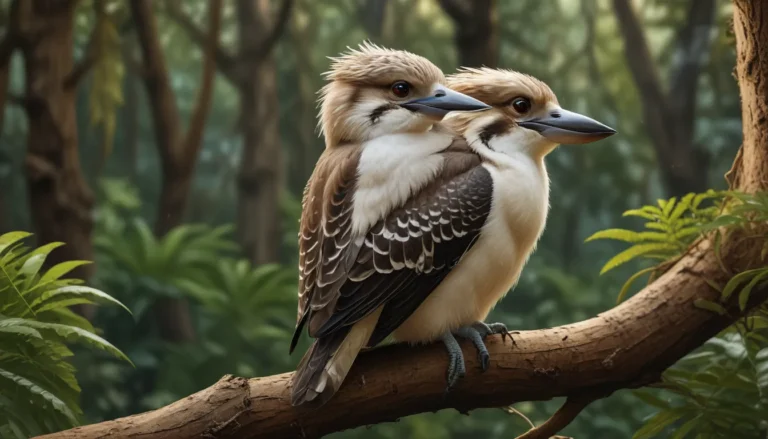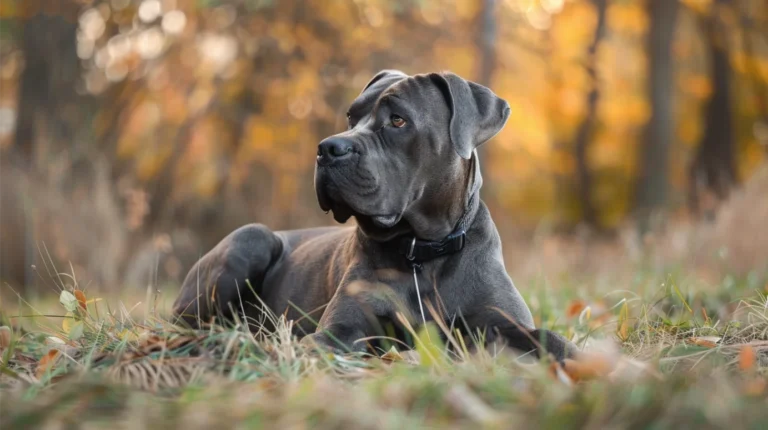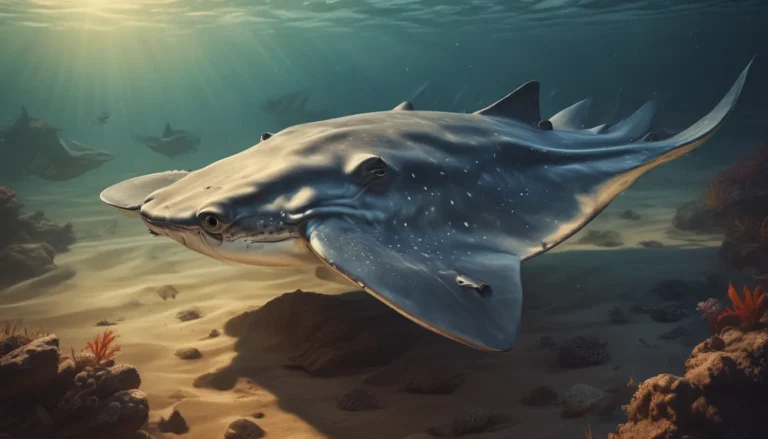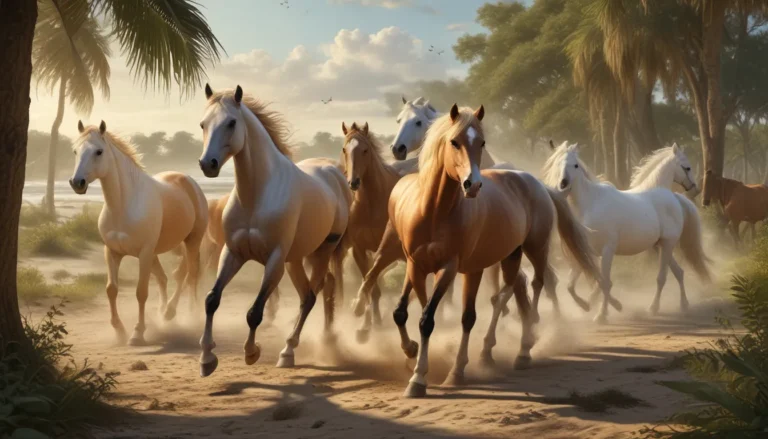The pictures we use in our articles might not show exactly what the words say. We choose these pictures to make you interested in reading more. The pictures work together with the words but don’t take their place. The words still tell you the important facts.
Welcome to the world of the Forest Cobra, a captivating and fascinating snake species that roams the dense forests of sub-Saharan Africa. With its striking jet-black coloration and venomous bite, the Forest Cobra has intrigued wildlife enthusiasts and herpetologists alike. In this article, we will delve into the realm of the Forest Cobra and uncover 11 astonishing facts about this remarkable serpent. From its impressive size and hunting prowess to its unique adaptations and cultural significance, the Forest Cobra is a creature worth exploring. So, join us on this journey as we unravel the mysteries of the Forest Cobra!
Unveiling the Mysteries of the Forest Cobra
Forest Cobra: A Venomous Predator
The Forest Cobra, also known as the Black Cobra, is a highly venomous snake species. Its potent venom is a key weapon in subduing prey, making it a formidable predator in the African forests.
Majestic Length and Size
Stretching up to 10 feet in length, the Forest Cobra is one of the largest venomous snakes in Africa. Its impressive size commands attention and respect in its natural habitat.
Adaptable Habitat
These cobras thrive in the dense forests of Central and West Africa, displaying remarkable adaptability to various environments like savannahs, grasslands, and agricultural areas.
Carnivorous Appetite
Feeding on small mammals, birds, lizards, and even other snakes, Forest Cobras are skilled hunters that use their venom to immobilize and consume their prey with efficiency and precision.
Defensive Strategies
When feeling threatened, Forest Cobras can raise their forebody off the ground, spread their hood, and emit a loud hiss to intimidate potential threats. If necessary, they are not hesitant to strike with their venomous bite.
Diurnal Lifestyle
Being diurnal creatures, Forest Cobras are most active during the day, basking in the sun to regulate their body temperature and actively engaging in hunting and other activities.
Oviparous Reproduction
Female Forest Cobras lay their eggs in suitable nesting sites, typically in decaying vegetation. They guard their eggs until they hatch, showcasing their dedication to ensuring the survival of their offspring.
Link to African Culture
In some African communities, the Forest Cobra holds cultural significance, appearing in folklore, art, and traditional rituals as a symbol of power, protection, or even as a deity.
Vibrant Coloration
Sporting a shiny black body with a contrasting lighter ventral side, the Forest Cobra's color pattern allows it to blend seamlessly into its forest surroundings, showcasing its remarkable camouflage ability.
Aquatic Skills
Unlike many other snake species, the Forest Cobra is a proficient swimmer, navigating water bodies with ease thanks to its strong muscles and elongated body.
Conservation Concerns
While currently listed as a species of least concern by the IUCN, habitat loss and the exotic pet trade pose significant threats to the Forest Cobra's population, emphasizing the need for conservation efforts to safeguard this incredible species.
Conclusion: Embracing Nature’s Wonders
In conclusion, the Forest Cobra stands as a symbol of nature's diversity and beauty. Its unique characteristics and behaviors shed light on the intricate web of life in the African forests, showcasing the delicate balance maintained by every creature, no matter how fearsome or enigmatic. By appreciating the wonders of the Forest Cobra, we gain a deeper understanding of the natural world and our role in preserving its richness and splendor.
Unraveling the Mysteries: FAQs
- Are Forest Cobras dangerous?
-
Yes, Forest Cobras are highly venomous and can pose a serious threat to humans if encountered. Exercise caution and respect their space when in their presence.
-
What is the average size of a Forest Cobra?
-
Forest Cobras can reach lengths of 6 to 9 feet on average, making them formidable creatures in the African forests.
-
How fast can a Forest Cobra move?
-
Known for their agility, Forest Cobras can reach speeds of up to 12 miles per hour when threatened or hunting.
-
Where can Forest Cobras be found?
-
Forest Cobras inhabit the tropical forests of sub-Saharan Africa, including regions like Nigeria, Cameroon, and Uganda.
-
What do Forest Cobras eat?
-
Forest Cobras have a carnivorous diet, preying on small mammals, birds, frogs, and other reptiles with precision and skill.
-
Are Forest Cobras arboreal?
-
Yes, Forest Cobras are adept climbers, spending a significant amount of time in trees to hunt and seek shelter.
-
How long do Forest Cobras live?
-
In the wild, Forest Cobras have an estimated lifespan of 20 to 25 years, with longevity influenced by various environmental factors.
-
How does the Forest Cobra defend itself?
-
When threatened, Forest Cobras display defensive behaviors like raising their heads, spreading their hoods, and hissing loudly to deter predators.
-
Are Forest Cobras endangered?
-
While not currently endangered, Forest Cobras face threats from habitat loss and illegal pet trade, highlighting the need for conservation efforts.
-
Can Forest Cobras swim?
- Yes, Forest Cobras are skilled swimmers, using their muscular bodies to navigate water bodies when necessary.
-
Are Forest Cobras aggressive towards humans?
- Forest Cobras are generally shy and avoid human contact, but may exhibit defensive behavior if provoked or threatened.
Setting the Stage for Exploration
Exploring the mesmerizing traits of Forest Cobras opens windows to the wonders of our natural world. Dive into the realms of conservation efforts safeguarding vulnerable species. Uncover mind-boggling facts about reptiles that showcase the incredible diversity of nature. Discover the deadliest venomous snakes, if you dare, and marvel at the beauty and complexity found in every corner of our planet's ecosystems.
Trustworthy Content, Inspiring Exploration
Our commitment to delivering engaging and credible content reflects our dedication to providing enriching and reliable information to our readers. Each fact shared on our platform is contributed by individuals like you, ensuring a diverse and authentic pool of insights. Our diligent editors meticulously review each submission to uphold the highest standards of accuracy and reliability, guaranteeing that the information we present is not only fascinating but also trustworthy. Embark on your journey of discovery with us, trusting in the quality and authenticity of the knowledge we share.
